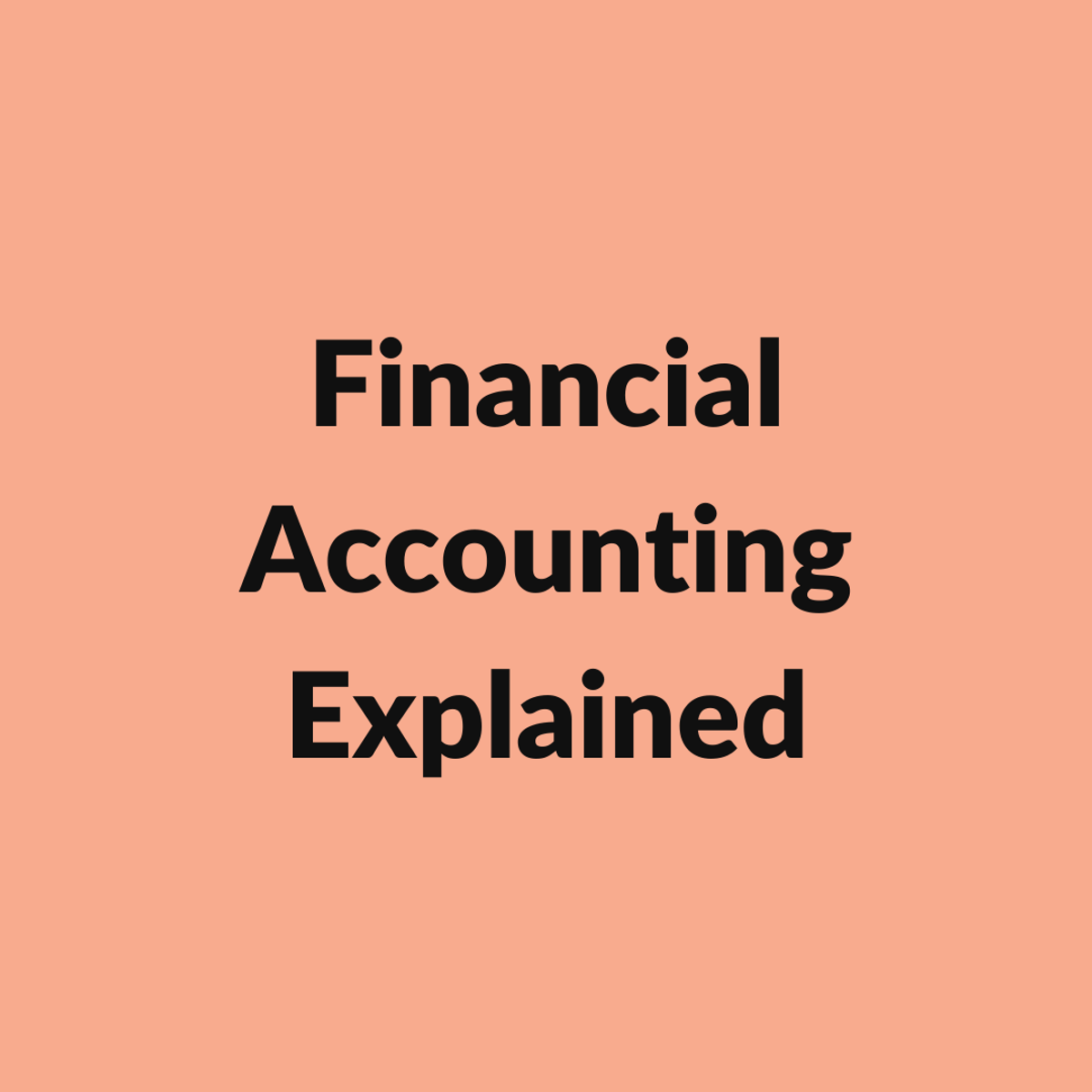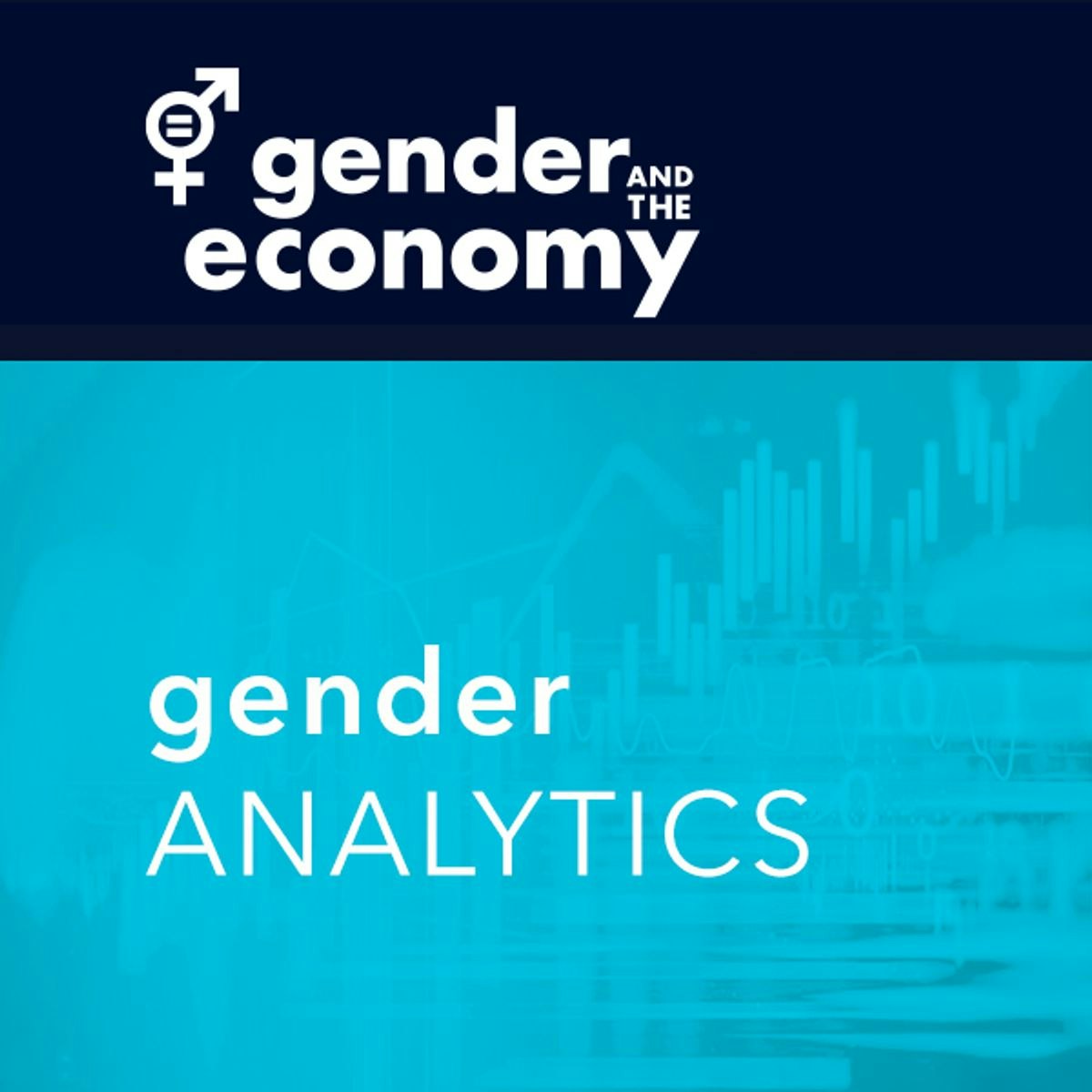Back to Courses









Business Essentials Courses - Page 50
Showing results 491-500 of 645

Financial Statement Analysis
In the final course of this certificate, you will apply your skills towards financial statement analysis. If you have the foundational concepts of accounting under your belt, you are ready to put them into action in this course. Here, you will learn how to reconcile different types of accounts, check for accuracy, and troubleshoot errors. Additionally, you will practice how to apply different analytical methods to key financial statements and understand how these methods inform a variety of business decisions.
By the end of this course, you will be able to:
-Describe and illustrate the use of a bank reconciliation in controlling cash
-Outline the purpose of financial statements in relationship to decision making
-Describe basic financial statement analytical methods
-Apply quantitative skills to analyze business health
Courses 1-3 in the Intuit Bookkeeping Professional Certificate, or the equivalent, are recommended prerequisites for this course.

Financial Accounting Explained
In this 1-hour long project-based course, you will access and evaluate financial statements of publicly traded companies and learn how financial statement users rely on this information to make lending, regulatory, and investing decisions.
You’ll also perform common accounting tasks like creating journal entries and producing financial statements.
Note: This course works best for learners who are based in the North America region. We’re currently working on providing the same experience in other regions.

Create Customer Personas in Canva
By the end of this project you will have created a template for creating customer personas in Canva. After reviewing the Canva toolbar you'll create a customer persona template. Based on CRM data, social media information, and purchasing pattern information, customer personas will facilitate understanding of the ideal customer for your organization. They can then be leveraged to create effective marketing strategies and plans.
Note: This course works best for learners who are based in the North America region. We’re currently working on providing the same experience in other regions.

Create a Presentation with LibreOffice
In this 2-hour long project-based course, you will learn how to create a presentation in LibreOffice Impress Presentation that contains an introduction, visuals, charts, and a conclusion. You will learn how to create a presentation that is informative and captures an audience's attention. LibreOffice is a free, open-source office suite that is easy to use and compatible with other office suites.
Note: This course works best for learners who are based in the North America region. We’re currently working on providing the same experience in other regions.
Corporate & Commercial Law II: Business Forms, Financing & Governmental Regulation
This course is the second course in a two-part series on corporate and commercial law. In this part, we focus on three main topics: business organizations, business financing, and governmental regulation. In the first module, we discuss the characteristics of a number of the most common forms of business entities, such as corporations and LLCs. Module two is devoted to debtor-creditor relationships, including bank financing, debt financing, secured transactions, and bankruptcy. We wrap up the course with two modules that focus on the most important aspects of governmental regulation, including the process by which administrative agencies make rules, and the regulation of anti-competitive behavior and securities transactions.

Quick resumeCreator with JavaScript
This project is for people who are interested in learning how JavaScript works, how it takes data from a plain HTML form and uses it to output another HTML document. The project is simple and easy to learn and has been explained very thoroughly so
that basic learners can come up with a useful and fun product. Learners can later use the techniques learnt in this process to output any HTML form and also learn to use simple JavaScript. No prior experience with JavaScript is required, though some familiarity with HTML and CSS is helpful. The end product is a cool and quick resume creator that anyone can use to whip up a resume, download it and use on their job hunt!

Fundamentals of Project Planning and Management
Projects are all around us. Virtually every organization runs projects, either formally or informally. We are engaged in projects at home and at work. Across settings, planning principles and execution methodologies can offer ways in which projects can be run more effectively and efficiently. Project management provides organizations (and individuals) with the language and the frameworks for scoping projects, sequencing activities, utilizing resources, and minimizing risks.
This is an introductory course on the key concepts of planning and executing projects. We will identify factors that lead to project success, and learn how to plan, analyze, and manage projects. Learners will be exposed to state-of-the-art methodologies and to considering the challenges of various types of projects.

Logic for Economists
This course provides a very brief introduction to basic mathematical concepts like propositional and predicate logic, set theory, the number system, and proof techniques. At the end of the course, students will be able to
(1) detect the logical structure behind simple puzzles
(2) be able to manipulate logical expressions
(3) explain the connection between logic and set theory
(4) explain the differences between natural, integer, rational, real and complex numbers
(5) recognise different basic proof techniques

Gender Analytics for Innovation
Gender Analytics is a way to analyze your products, services, processes and policies with a gender lens to uncover hidden opportunities for innovation and effectiveness.
We'll answer questions such as: Why are women 47% more likely than men to be injured when they get in a car accident? Why do financial products fail to meet women’s needs across their life cycles? Why will automation and AI be more likely to impact women than men? Why are gender-neutral policies are not necessarily gender-equal?
This is the introductory course in the 5-course Gender Analytics Specialization offered by the Institute for Gender and the Economy (GATE) at the University of Toronto's Rotman School of Management. In this course, you will build the foundations for conducting Gender Analytics. You will get comfortable with the concepts and terms associated with Gender Analytics, including sex, gender, gender identity, sexual orientation and intersectionality. You will examine how policies, products, services and processes may have unintentionally gendered outcomes that miss out on opportunities or create needless risks. You will learn to uncover assumptions underlying these policies, products, services and processes, and to break social, cultural, and or organizational norms that perpetuate exclusion and inequality. You will see how Gender Analytics can lead to transformational innovations. You will also evaluate your own competencies and start your Self Development Plan and begin your journey to build a workplan for your own Gender Analytics project.

Fundamentals of Data Warehousing
Welcome to Fundamentals of Data Warehousing, the third course of the Key Technologies of Data Analytics specialization. By enrolling in this course, you are taking the next step in your career in data analytics. This course is the third of a series that aims to prepare you for a role working in data analytics. In this course, you will be introduced to many of the core concepts of data warehousing. You will learn about the primary components of data warehousing. We’ll go through the common data warehousing architectures. The hands-on material offers to add storage to your cloud environment and configure a database. This course covers a wide variety of topics that are critical for understanding data warehousing and are designed to give you an introduction and overview as you begin to build relevant knowledge and skills.
Popular Internships and Jobs by Categories
Find Jobs & Internships
Browse
© 2024 BoostGrad | All rights reserved